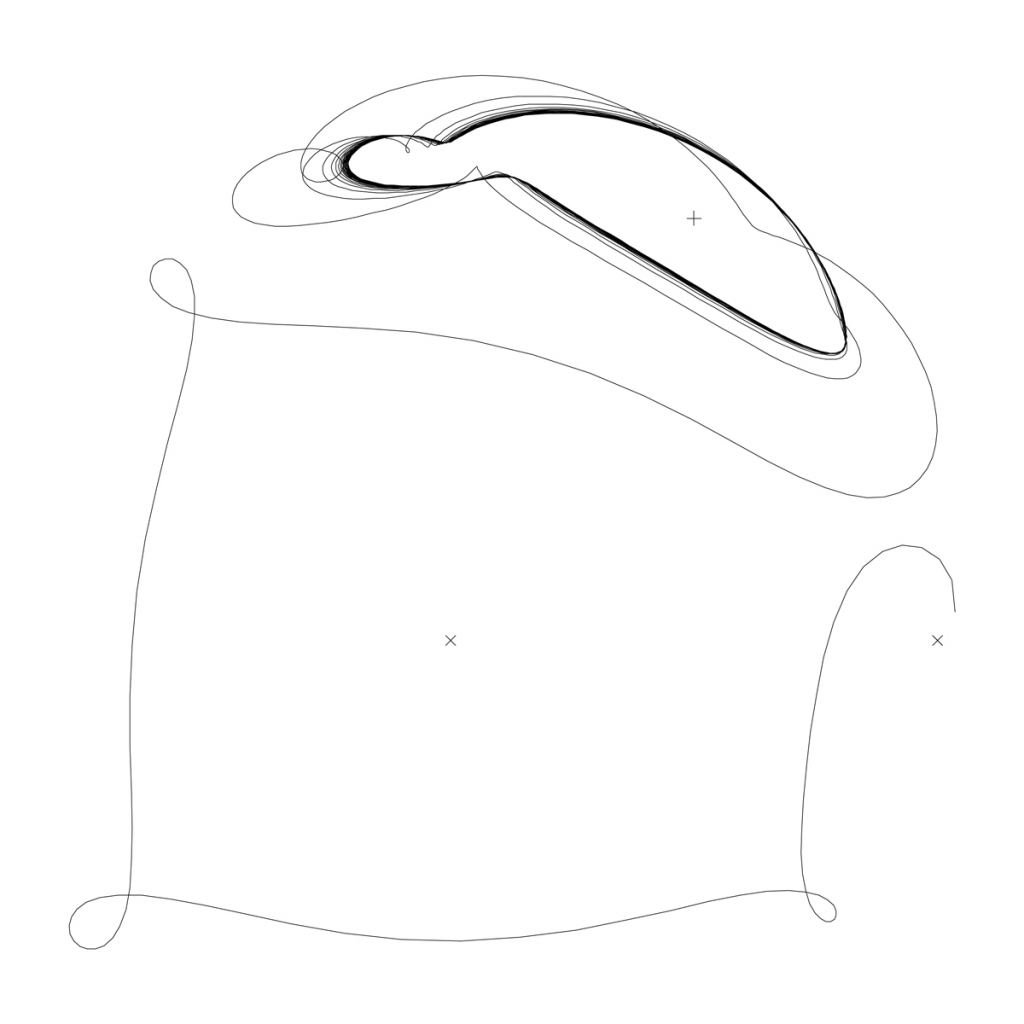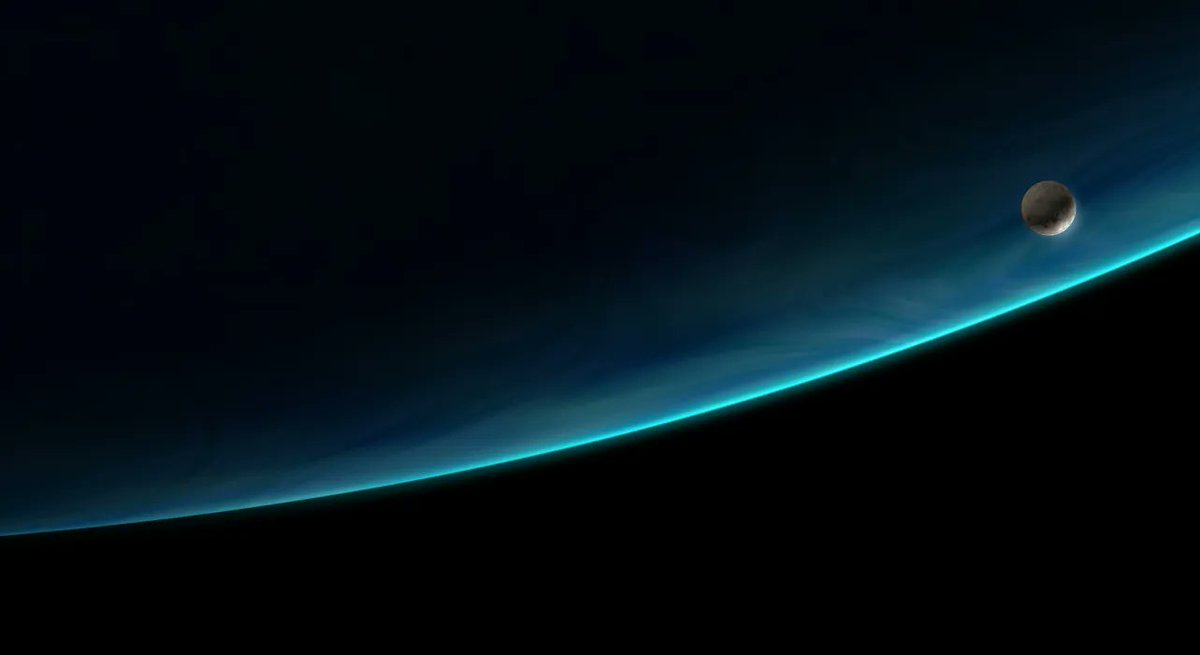“Where are all the Trojans” is a question valid in both the study of ancient history and the study of exoplanets. Trojan bodies, which share orbital paths with other, larger planets, are prevalent in our solar system – most obviously in the Trojan asteroids that follow Jupiter around on its orbital path. However, they seem absent from any star system found with exoplanets. Now, a team of researchers from the SETI Institute and NASA’s Ames Research Center thinks they have found a reason why.
According to Anthony Dobrovolski of SETI and Jack Lissauer of Ames, an extreme version of tides might be the cause. While most people think of tides as simply a reason the water goes in and out of shorelines everywhere, there’s another effect that is much more difficult to discern. The friction from all that water moving back and forth on the Earth’s surface actually slows down the planet’s rotation. In turn, that slower rotation allows the Moon to slip farther and farther away.
Sure the speed and distances are almost imperceptible – about 1.78 milliseconds over a century and 3.78 cm per year, to be precise. But scale those up to billions of years that it takes a planet to form, and you’re talking about some pretty significant changes. That idea inspired the team to think about how much tidal forces might play a role in shaping the orbits of planets – and any hangers-on they might have.
It turns out it could be a pretty significant role. The researchers developed a model that placed an Earth-size planet at either the L4 or L5 Lagrange points of a giant planet or its equilateral point. They noticed that the tides caused by the three-body system caused what looked like innocuous original oscillations in the orbit of the Earth-sized planet to eventually spiral out of control, ultimately knocking the planet itself into either its giant neighbor or the star itself.
Given that the current technology we have only lets us view planets down to about Earth-sized, this model would show how unlikely a planet of that magnitude would form in the orbital pathway of a much larger planet. However, there is still a chance that a smaller planet, or even a set of asteroids such as the Trojans and Greeks, might be able to hold the same orbit as a larger planet without being disrupted by tidal forces.

Credit – SETI Institute
If there are any such objects, it will only be a matter of time before we find them, with humanity’s ever-increasing ability to detect exoplanets. When we do, the new model will also help to inform astronomers about the internal make-up of any such co-orbital planet. That might come in handy sooner rather than later, as there is already a mission on its way to the Trojan asteroids. Lucy, which launched in October, could help characterize what the co-orbital objects in our own solar system look like – and therefore be able to help characterize what they might look like in other star systems. Either way, finding the Trojans will continue to be a question with very cross-disciplinary roots.
Learn More:
SETI Institute – Why Haven’t We Discovered Co-Orbital Exoplanets? Could Tides Offer a Possible Answer?
Dobrovolskis & Lissauer – Do tides destabilize Trojan exoplanets?
Space.com – Do Trojan exoplanets exist?
UT – Earth’s First Trojan Asteroid Discovered
UT – Jupiter’s Trojan Asteroids Offer Surprises Even Before NASA’s Lucy Mission has a Chance to Visit Them.
Lead Image:
Artist’s depiction of a moon orbiting a giant blue planet.
Credit – Claudioventrella

